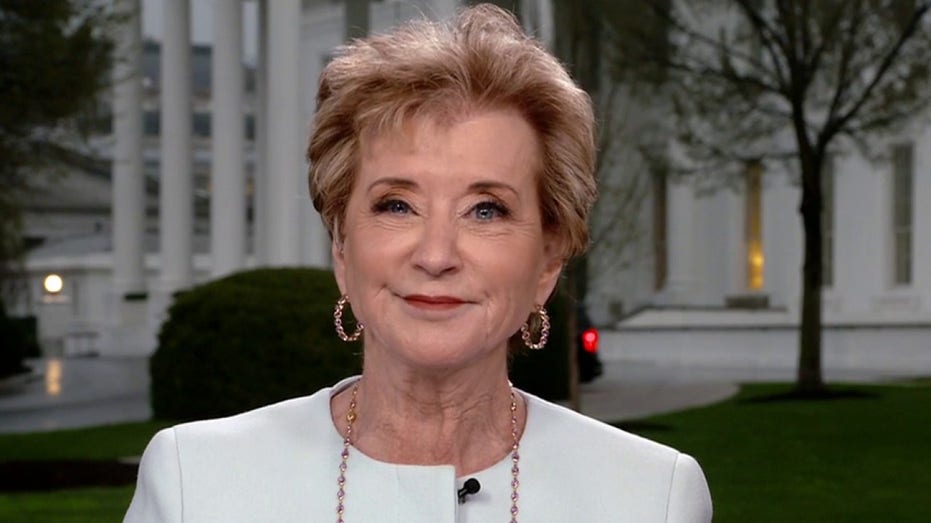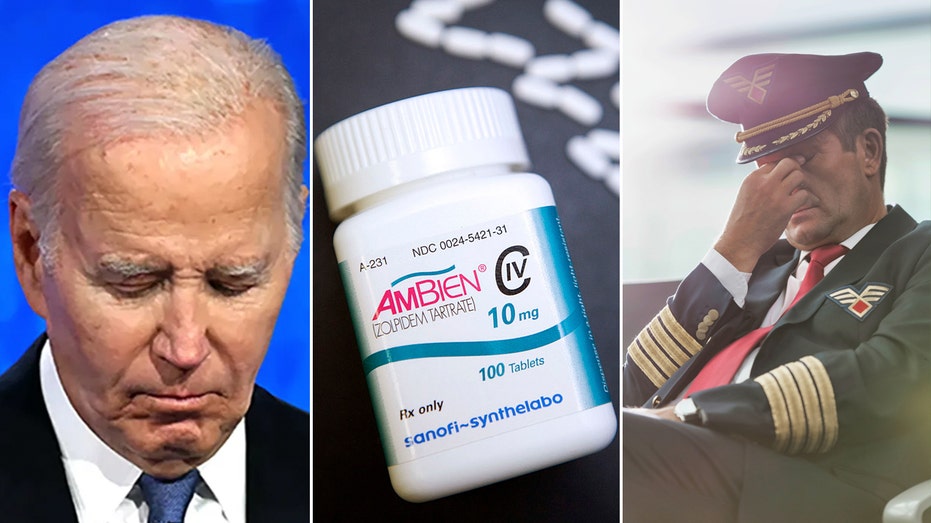Trump’s Plan to Privatize Student Loans Could Shake Up Higher Ed, According to Expert

Sarah Johnson
March 31, 2025
Brief
President Trump proposes eliminating the Department of Education, potentially privatizing student loans and reshaping U.S. higher education funding, accountability, and tuition costs.
In a bold move that could upend the U.S. education system as we know it, President Donald Trump is taking steps to not just shrink but eliminate the Department of Education (DOE) altogether. One expert believes this radical shift could pave the way for a fully privatized student loan system—potentially shaking up how higher education is financed and lowering costs in the process.
The DOE, established in 1979, has long shaped federal student loan policies, which many argue have contributed to skyrocketing tuition costs. Andrew Gillen, an expert at the Cato Institute, suggests that privatizing student loans would introduce market-driven accountability. "The Clinton administration introduced the direct loan program as a competitor to the public-private system," Gillen explained. "But by 2010, government loans took over entirely, in part to help fund Obamacare." Since then, federal lending has been the sole game in town.
Trump’s administration originally floated the idea of transferring the DOE’s $1.6 trillion student loan portfolio to the Small Business Administration (SBA). Now, all eyes are on the Treasury Department, which may take over the portfolio instead. Additionally, Pell Grants and Title I funding are set to be redistributed to other federal agencies, further diminishing the DOE’s role.
Gillen isn’t sold on these administrative tweaks alone. "Simply transferring loans to the Treasury without changing the structure won’t make a difference," he said. The current system, he argues, encourages "bad investments" by funding degrees with little return on investment. Private lenders, by contrast, would likely avoid such loans, forcing colleges to produce graduates who can actually repay their debts. Talk about putting some skin in the game!
One major hurdle to privatization? Bankruptcy laws. Federal student loans are notoriously hard to discharge in bankruptcy, but this doesn’t apply to private loans. Gillen suggests clarifying bankruptcy rules for income-driven loans to make the system more appealing to private lenders. Democratic lawmakers have also pushed for reforms, reintroducing the Private Student Loan Bankruptcy Fairness Act to make private loans dischargeable, like other consumer debts.
Income-driven repayment plans, first introduced in the 1990s, allow borrowers to repay loans based on their income. While these plans offer short-term relief, they often lead to higher overall costs, leaving many borrowers trapped in a cycle of debt. As of fiscal year 2024, the DOE held $1.6 trillion in student loan debt, issuing $85.7 billion in new loans annually. It’s a colossal system, and critics say it’s overdue for a shakeup.
Privatization advocates argue that introducing market competition could force colleges to reduce costs and improve programs, while students might think twice before taking on loans for degrees with limited career prospects. Whether this vision will come to fruition remains to be seen, but one thing is clear: if Trump’s plan moves forward, the higher education landscape could look very different in the years ahead.
Topics
Editor's Comments
Well, if there’s one thing Trump’s administration knows how to do, it’s make waves. While privatizing student loans is undoubtedly controversial, the idea of holding both colleges and students more accountable has its merits. But let’s not sugarcoat it—handing this over to private lenders might make borrowing tougher for students who don’t fit the traditional mold. In the end, this feels like a gamble with some very high stakes.
Like this article? Share it with your friends!
If you find this article interesting, feel free to share it with your friends!
Thank you for your support! Sharing is the greatest encouragement for us.



